The 32 greatest '50s actors
After the end of the studio system, movie stars became Hollywood's franchises
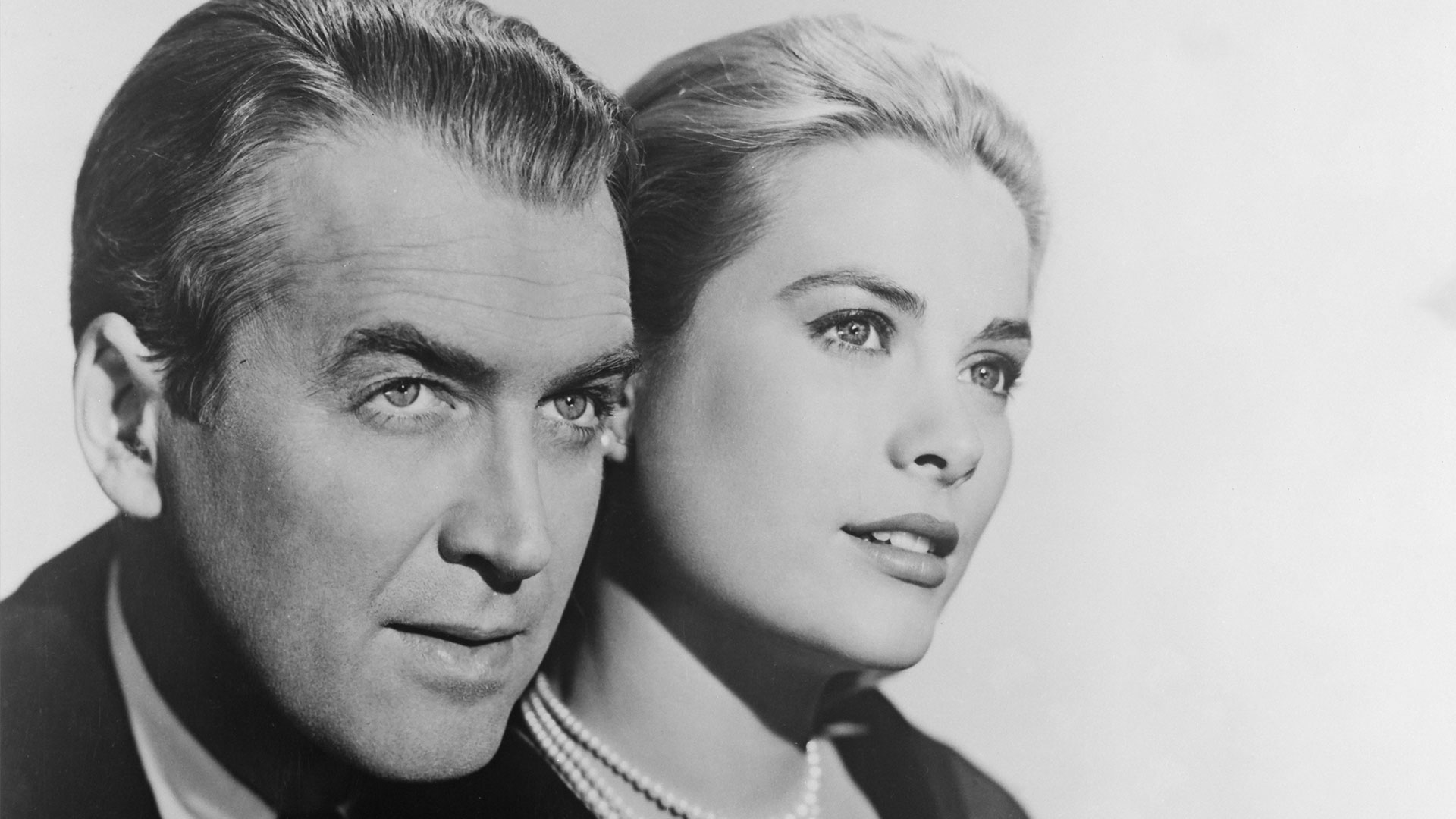
The Golden Age of Hollywood is called that for a reason. Some of the most iconic movie stars of all time emerged in the era, marked by the advent of sound in 1927 and lasting until 1969.
After World War II, the slow collapse of the studio system gave actors (and directors) more power to benefit themselves in contract negotiations. This not only made Tinseltown’s celebrity residents richer and able to live out enviable lifestyles, it also meant that movie stars became the true franchises of Hollywood in the 1950s.
Importantly, the decade saw an influx of new, younger talent who altogether took the craft of acting more seriously – or, arguably, obsessively. Many also became defining sex symbols, foreshadowing new social norms in the coming years.
The 1950s are simply brimming with iconic faces of the silver screen, and here are 32 of the greatest movie stars of the 1950s.
32. Toshiro Mifune
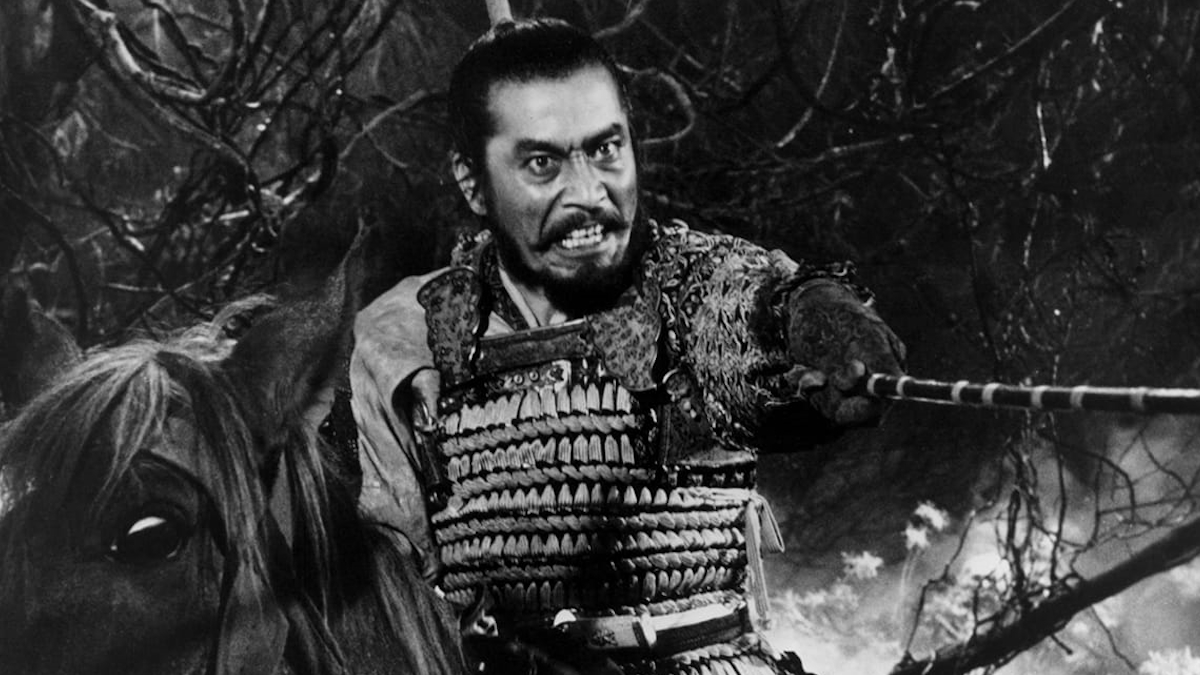
Toshiro Mifune didn’t make Hollywood films until the ‘60s, but he spent the ‘50s establishing his celebrated career in his native Japan. In 1954, Mifune starred in Kurosawa’s period epic Seven Samurai and played the legendary figure Miyamoto Musashi in Hiroshi Inagaki’s Samurai, the first in a trilogy. In 1957, Mifune starred in Throne of Blood, a feudal Japanese retelling of Shakespeare’s Macbeth. One of his last movies of the decade would be The Hidden Fortress, which dazzled a young George Lucas who would go on to riff on its story in his own generational classic, a little gem called Star Wars.
31. William Holden
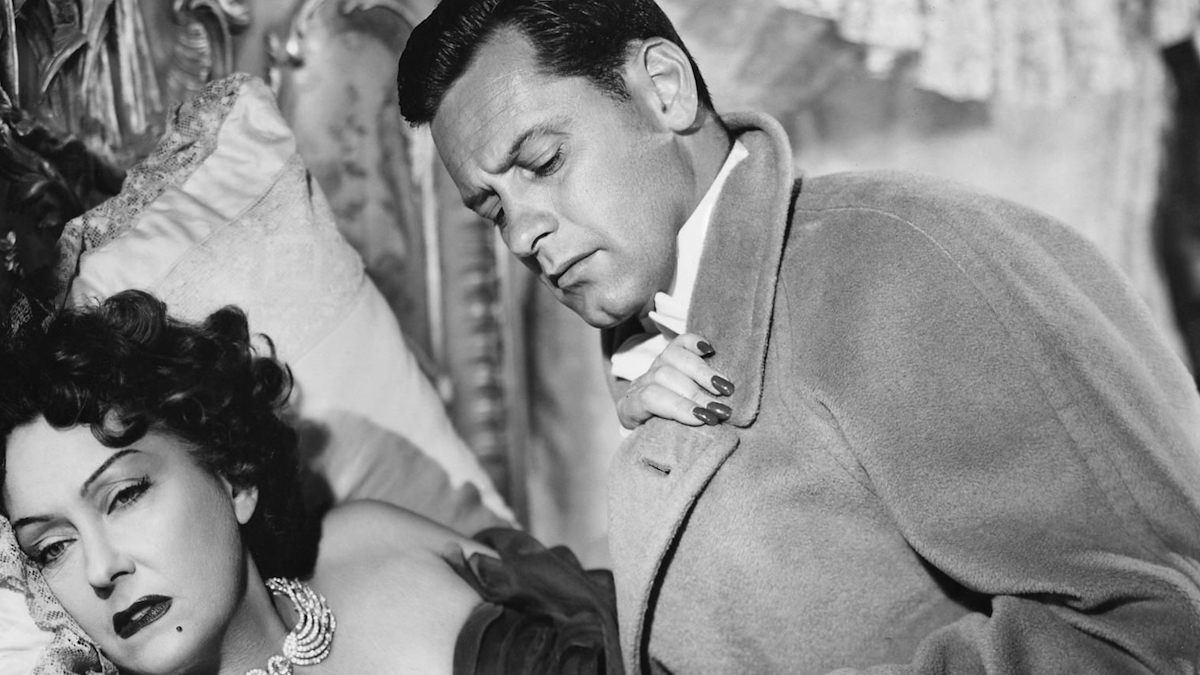
One of the biggest box office draws of the 1950s, William Holden kicked off the decade with films like Father Is a Bachelor, Union Station, Born Yesterday, and most of all, Sunset Boulevard. A film ironically about what it means to drown in Hollywood fame, Holden earned his first Oscar nomination for his performance. He’d later win Best Actor for 1953’s Stalag 17.
30. Sophia Loren
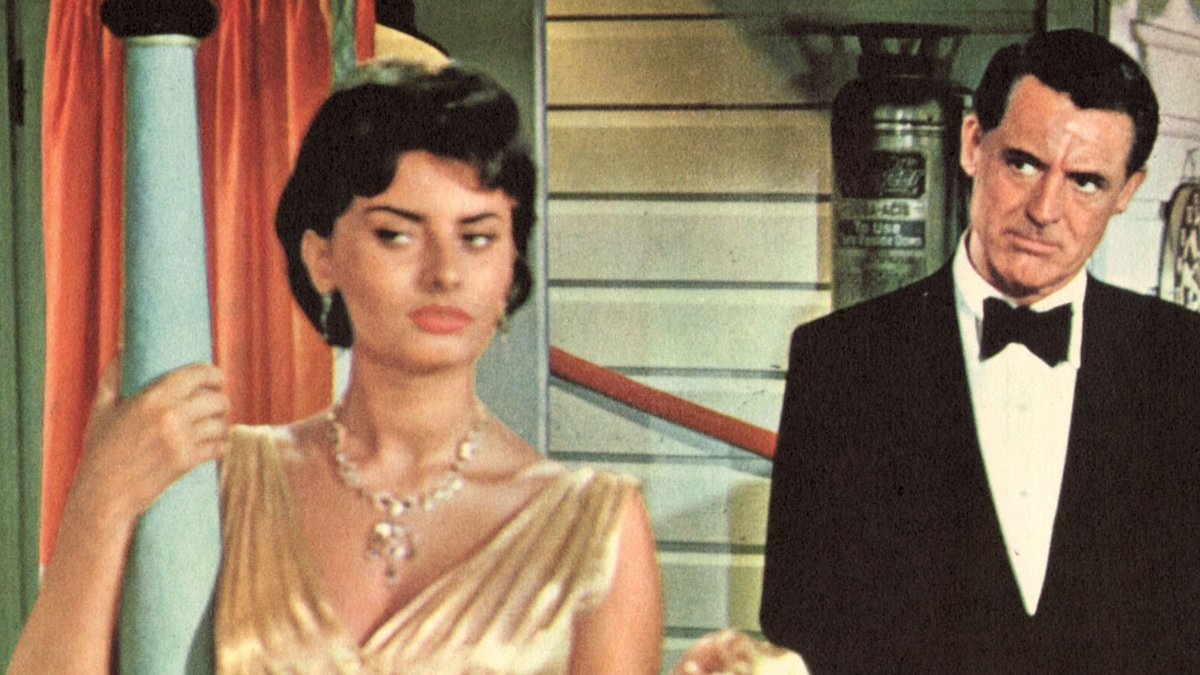
An Italian import, Sophia Loren is considered one of the greatest stars of classic Hollywood. She started her career at age 16 in 1950, and established her presence in Italian cinema with films like Aida, Two Nights with Cleopatra, Too Bad She’s Bad, Scandal in Sorrento, and The Gold of Naples. A deal with Paramount in 1956 catapulted her to stardom through pictures like the romantic comedy Houseboat and Heller in Pink Tights. Loren continued her career throughout the 1960s and 1970s, but it was in the 1950s when her star was truly born.
Sign up for the Total Film Newsletter
Bringing all the latest movie news, features, and reviews to your inbox
29. Kim Novak
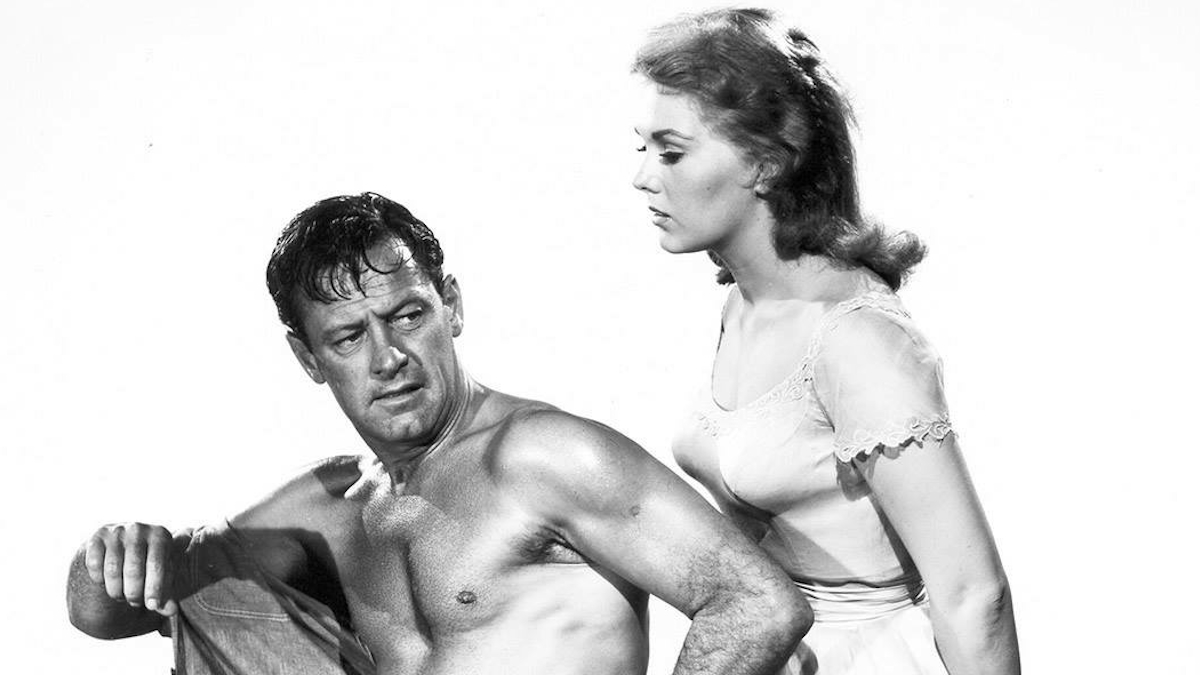
Kim Novak starred in Alfred Hitchcock’s 1958 thriller Vertigo, considered one of the greatest films of all time. She started out as an extra in Son of Sinbad, and was once positioned by Columbia to be its next Rita Hayworth. She starred in the 1954 noir Pushover and the romantic comedy Phffft before starring in the acclaimed hit Picnic and received notable recognition in Otto Preminger’s The Man with the Golden Arm. Over time, Novak grew disillusioned with Hollywood and by the 1960s willingly retreated from the industry to focus on other creative pursuits. She still starred in pictures from the ‘70s onward, and had a lead role in the 1980s TV show Falcon Crest, but the ‘50s was when Kim Novak was supernova.
28. Jane Russell
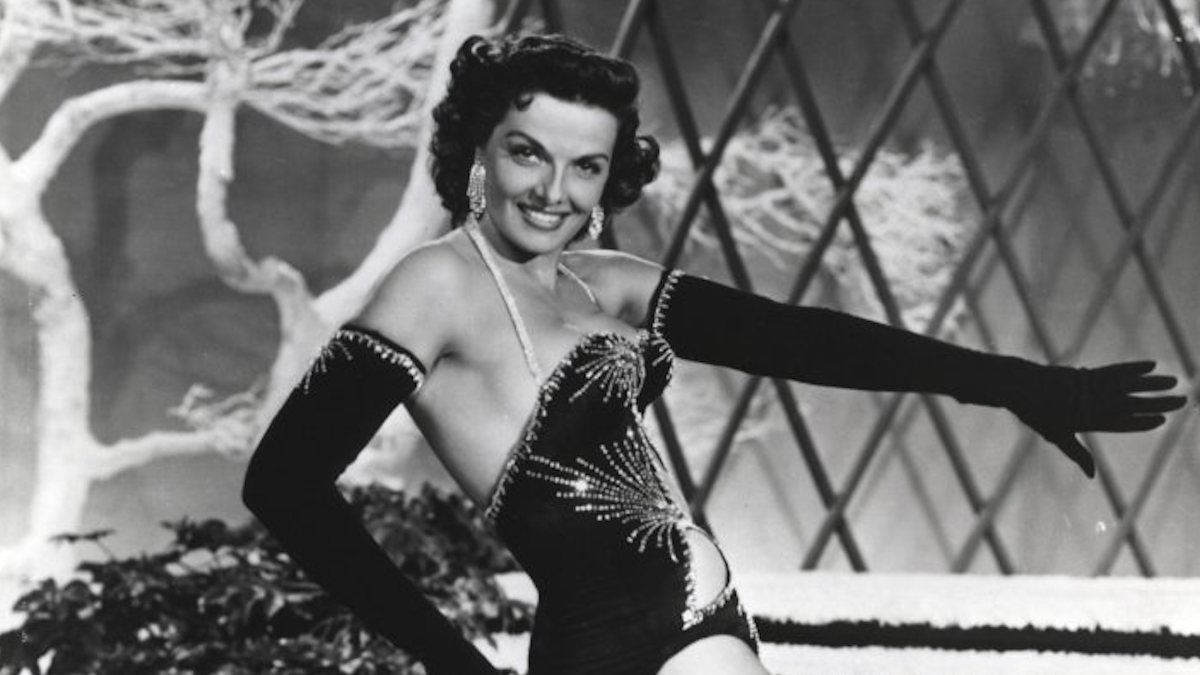
A leading sex symbol of the 1940s and 1950s, Jane Russell famously co-starred with Marilyn Monroe in the hit Gentlemen Prefer Blondes in 1953. A year later, she starred in the musical movie The French Line wearing a strategically cut, form-fitting bathing suit that was the "Slave Leia Bikini" of its time. Like a lot of stars who first found fame in the 1940s, Jane Russell transitioned to television in her later years. A 1986 episode of the TV series Hunter marked her last onscreen appearance. She died in 2011.
27. Doris Day
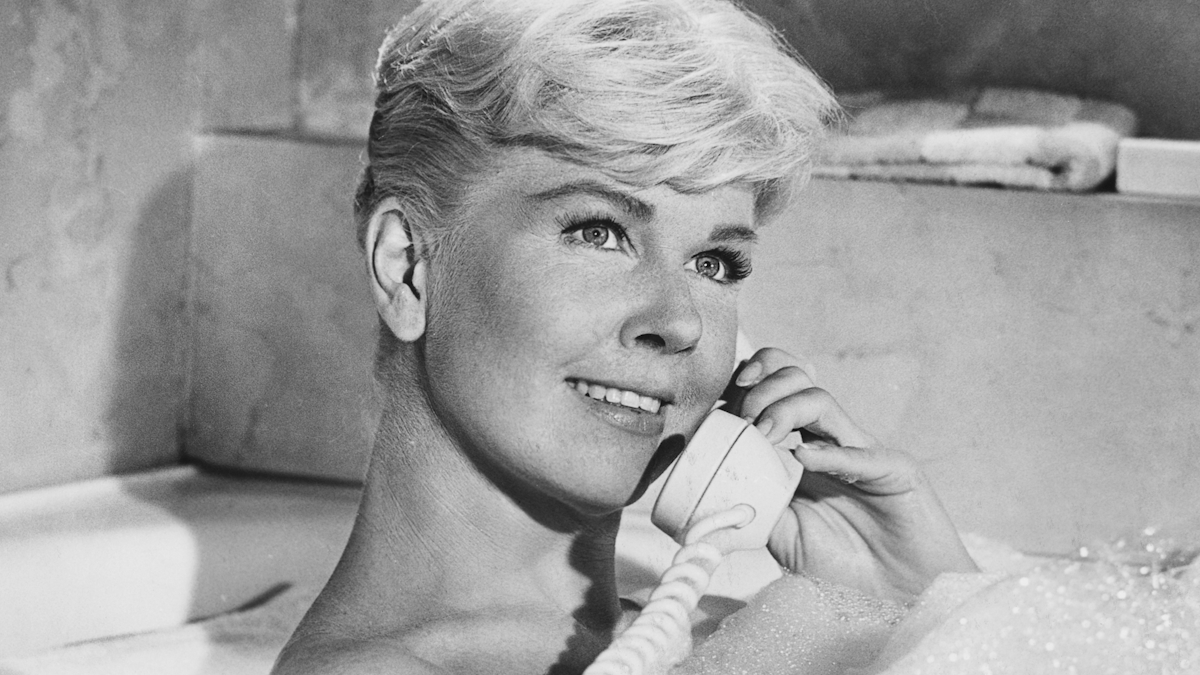
Beginning her career with Romance on the High Seas in 1948, Doris Day enjoyed a fruitful and long career that spanned diverse genres. She starred in the western musical Calamity Jane in 1953, Alfred Hitchcock’s suspense thriller The Man Who Knew Too Much in 1956, and the rom-com Pillow Talk in 1959. Her film career continued until 1968, after which she starred in her own TV sitcom, The Doris Day Show. Towards the end of the 20th century and at the start of the 21st, she received a number of lifetime achievement awards including the Presidential Medal of Freedom in 2004. She died in 2019.
26. Fred Astaire
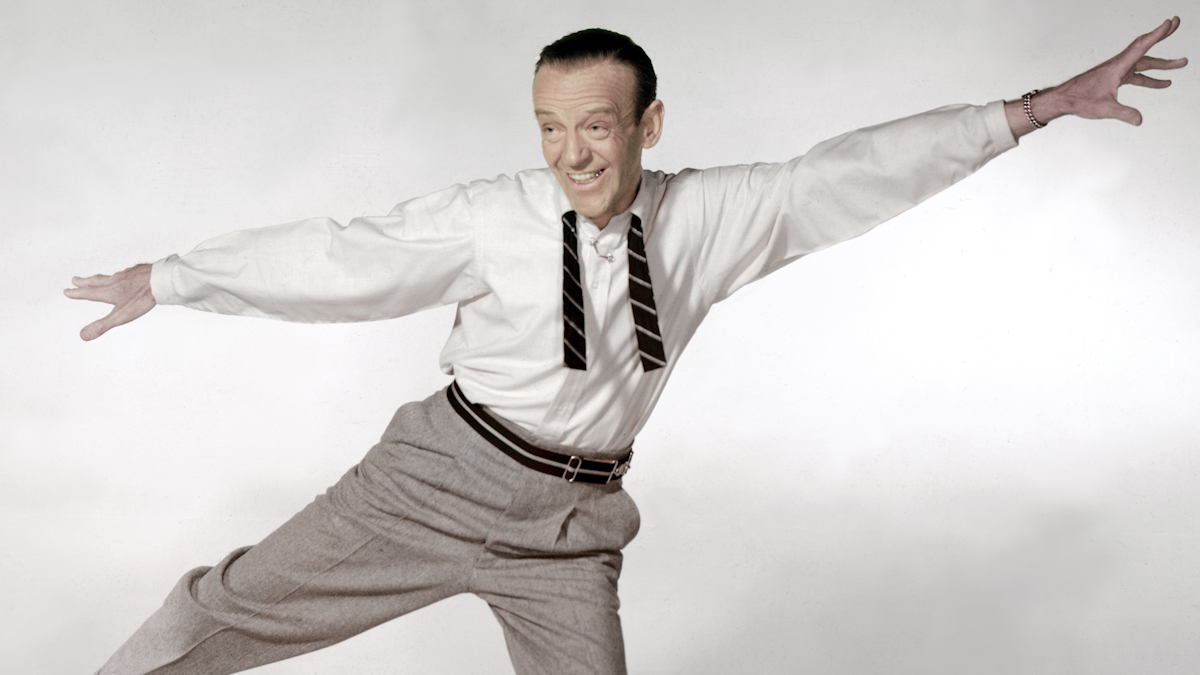
Renowned in both Broadway and Hollywood for his dancing, Fred Astaire enjoyed the bulk of his stardom between the 1930s and 1940s. In the 1950s, Astaire returned from retirement and starred in pictures like Royal Wedding in 1951, The Band Wagon in 1953, Daddy Long Legs in 1955, and Funny Face in 1957. Due to high production costs, his ‘50s films were not commercially successful, but their critical acclaim and popularity ensured Astaire had not missed a step. He ended the decade in a string of Emmy-winning television specials.
25. Brigitte Bardot
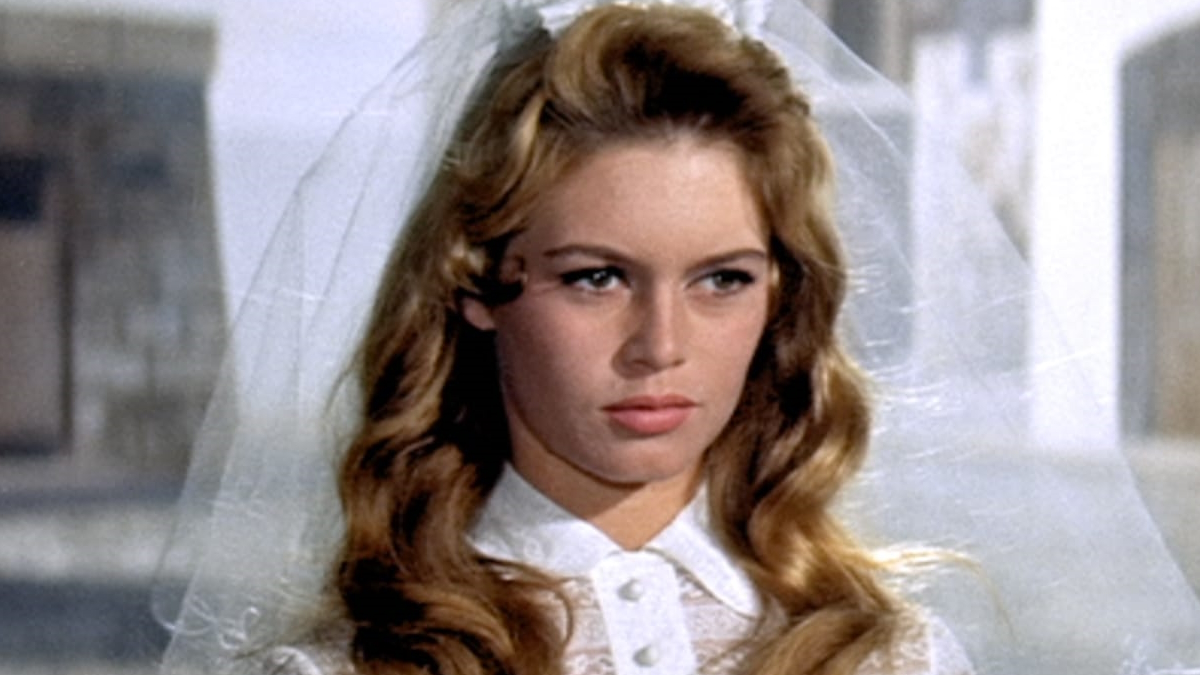
A French starlet whose sultry characters cemented her status as a sex symbol (the term "sex kitten" was even coined to describe her), Brigitte Bardot launched her film career in 1952 before earning worldwide fame in 1957 from the movie And God Created Woman. Her other major movies of the ‘50s include Naughty Girl, Plucking the Daisy, The Bride Is Much Too Beautiful, La Parisienne, In Case of Adversity, and Babette Goes to War. Her career continued into the ‘60s before she retired in 1973.
24. Yul Brynner
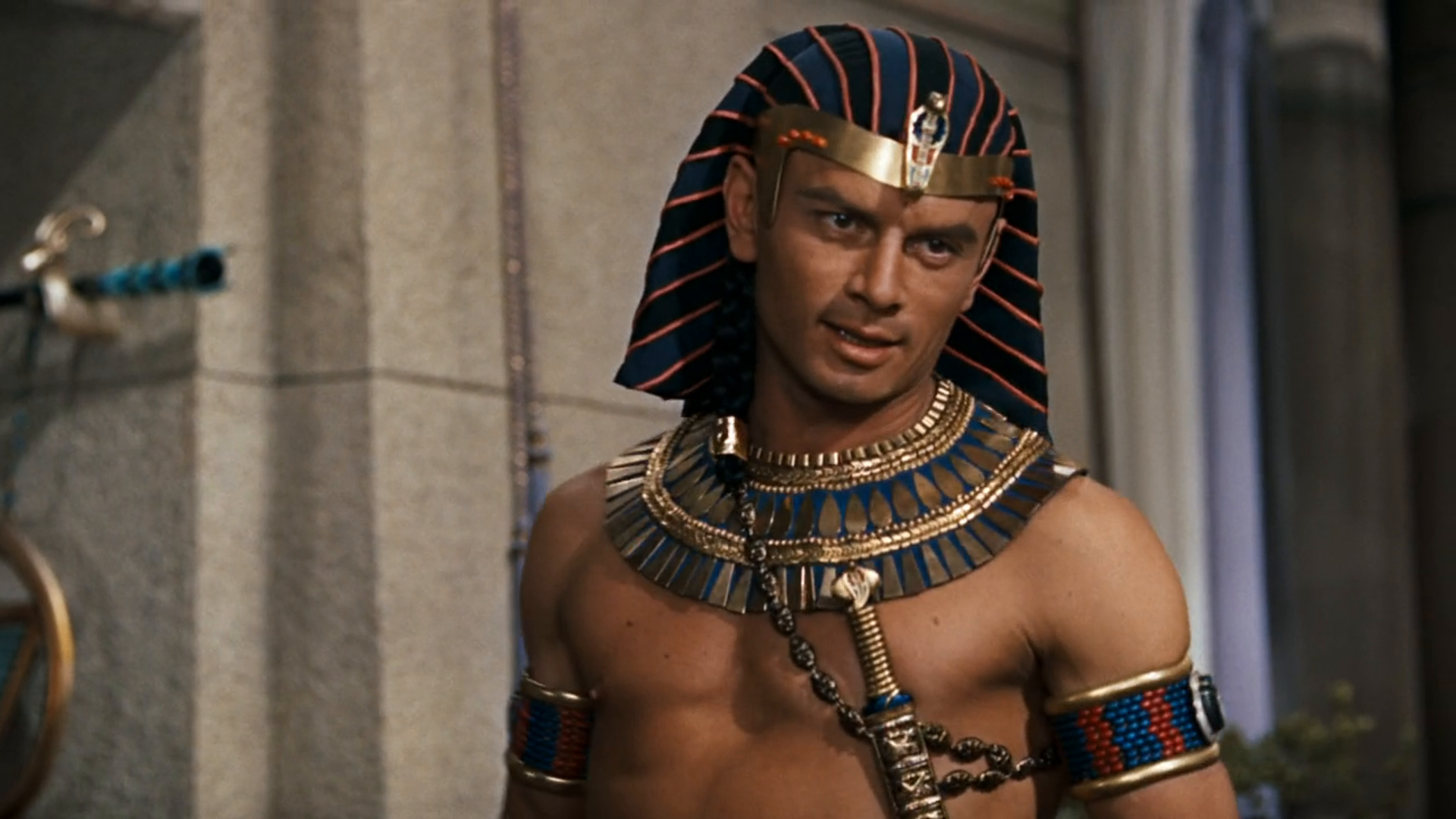
In the span of one year in 1956, Russian-born star Yul Brynner cemented his immortality through the 1956 musical hit The King and I (which Brynner first starred in in its stage production), the Biblical epic The Ten Commandments, and Anastasia. In 1958, he starred in another hit, The Brothers Karamazov. His shaved head and sharp facial features gave him an exotic look that enthralled moviegoers at the time.
23. Montgomery Clift
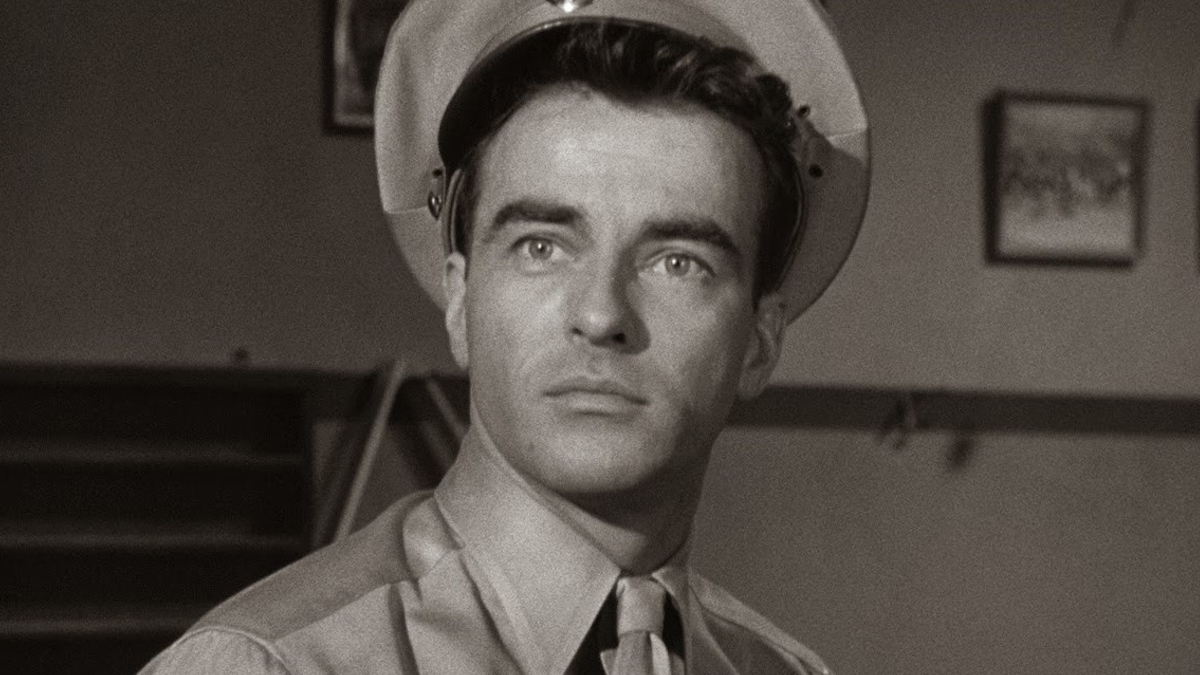
Nominated for an Academy Award four times and remembered for playing sensitive young men, Montgomery Clift was among the first wave of method actors (alongside James Dean and Marlon Brando) to apply his craft to the screen. He starred in nine films throughout the 1950s, and earned nominations for two of them: A Place in the Sun and From Here to Eternity. He famously also rejected major roles, including for movies like Rope, Sunset Boulevard, High Noon, and On the Waterfront. He died of a heart attack in New York in 1966.
22. Susan Hayward
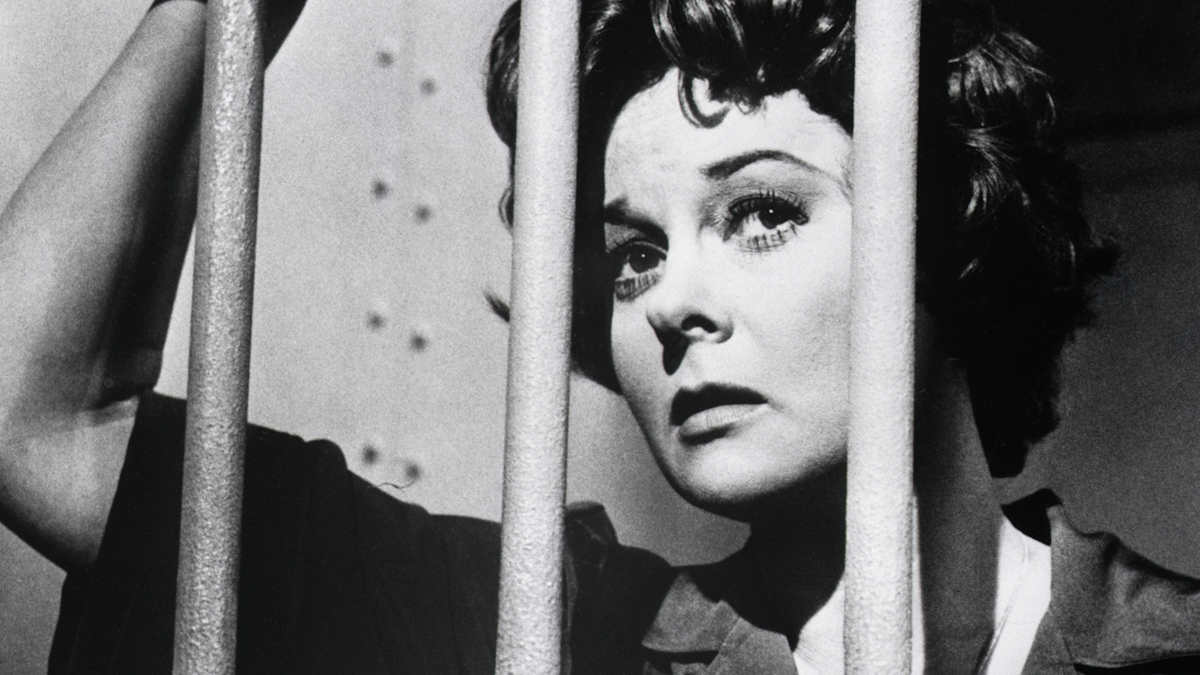
A fashion model turned Oscar-winning actress, Susan Hayward spent the ‘50 starring in dramatic pictures like With a Song in My Heart, I’ll Cry Tomorrow, The Conqueror, and I Want to Live! (which got her the Academy Award for Best Actress). She closed out the decade with less-than-stellar films, Thunder in the Sun and Woman Obsessed, before her career declined in the 1970s. She died in 1975; it is speculated that the filming of The Conqueror in the vicinity of radioactive fallout from atomic bomb tests in Utah contributed to her illness as well as the deaths of other members of the cast and crew.
21. Debbie Reynolds
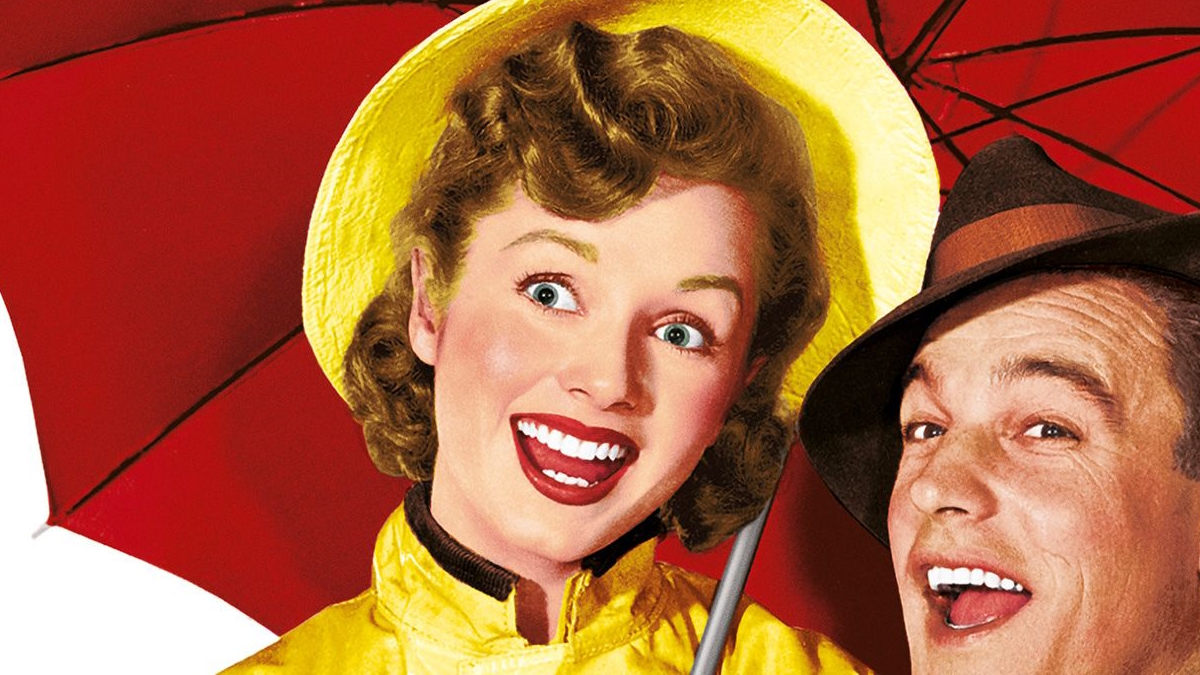
Debbie Reynolds kicked off the 1950s with hits like Three Little Words and Singing’ in the Rain, and her star never really faded after that. Her other major films of the decade include The Affairs of Dobie Gillis, Susan Slept Here, Bundle of Joy, The Catered Affair, Tammy and the Bachelor, and The Mating Game. She found an audience of millennials from her work in Disney’s Halloweentown movies and in TV shows like Will & Grace, Rugrats, and Kim Possible. Her daughter was Star Wars’ own Carrie Fisher, and the two died within a day of each other in late 2016.
20. Eva Marie Saint
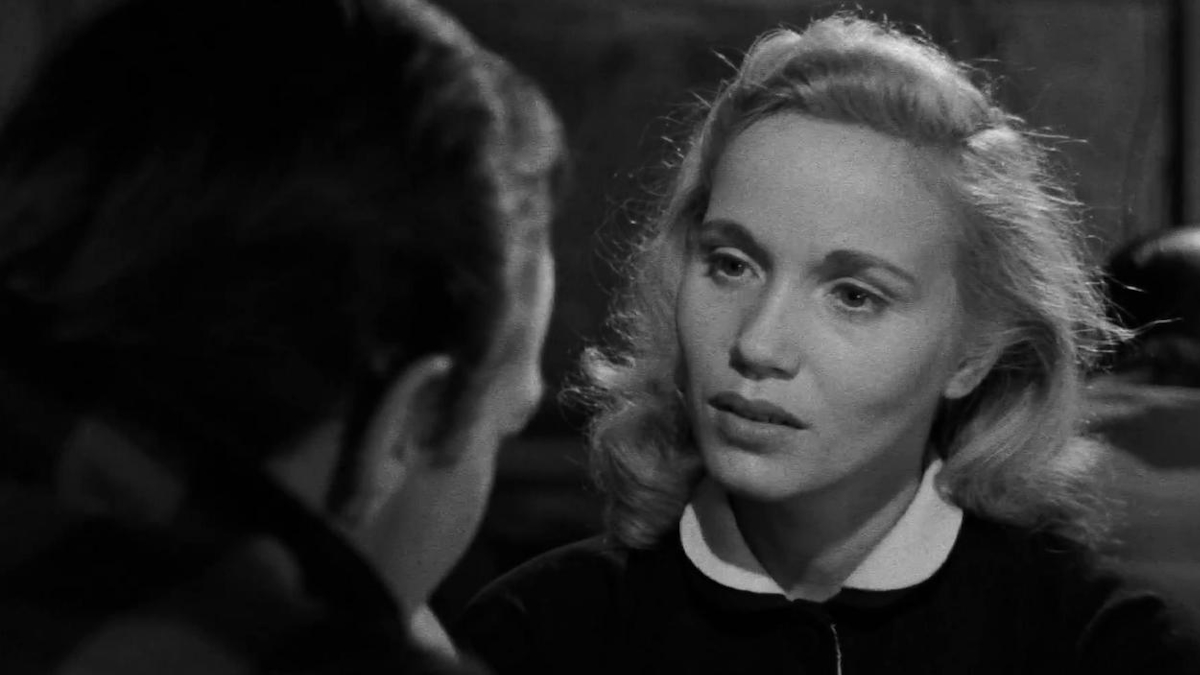
After starting out in TV and radio in the 1940s, Eva Marie Saint made her film debut in 1954’s On the Waterfront with Marlon Brando, for which she won the Academy Award for Best Supporting Actress. She also starred in That Certain Feeling, Raintree County, A Hatful of Rain, and starred opposite Cary Grant in North by Northwest. When her film career began to decline, she returned to TV and racked up more Emmy nominations, and won one for the 1990 miniseries People Like Us. Younger generations might recognize her as the voice of elder Katara in the animated epic The Legend of Korra.
19. Gary Cooper
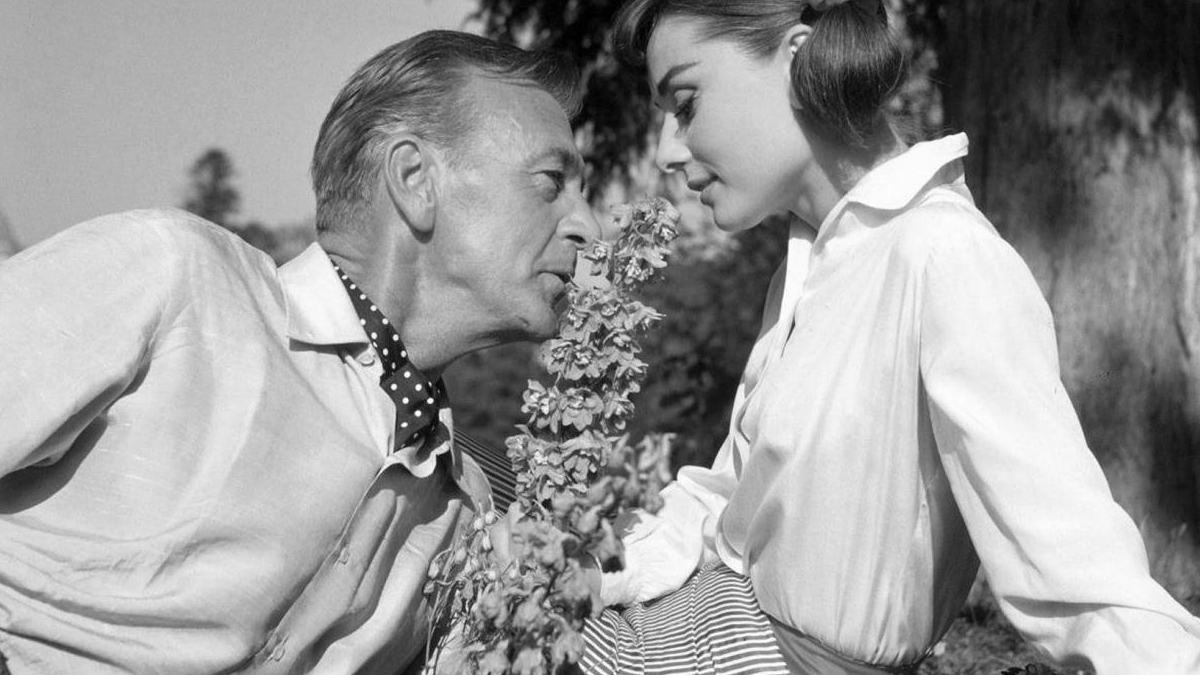
Gary Cooper is one of the few to successfully transition from the silent era to sound, where his square jaw and handsome features allowed him to define American masculinity for generations. His 1950s films pale in comparison to his previous work and are mostly flops, like Springfield Rifle, Return to Paradise, Blowing Wind, Garden of Evil, Vera Cruz, and The Court-Martial of Billy Mitchell. Even in the well-reviewed romantic comedy Love in the Afternoon with Audrey Hepburn, critics found Cooper jarring in his older age. But he received positive recognition for Friendly Persuasion. Today, critics observe his role in the 1958 western Man of the West as his last great picture.
18. Jack Lemmon
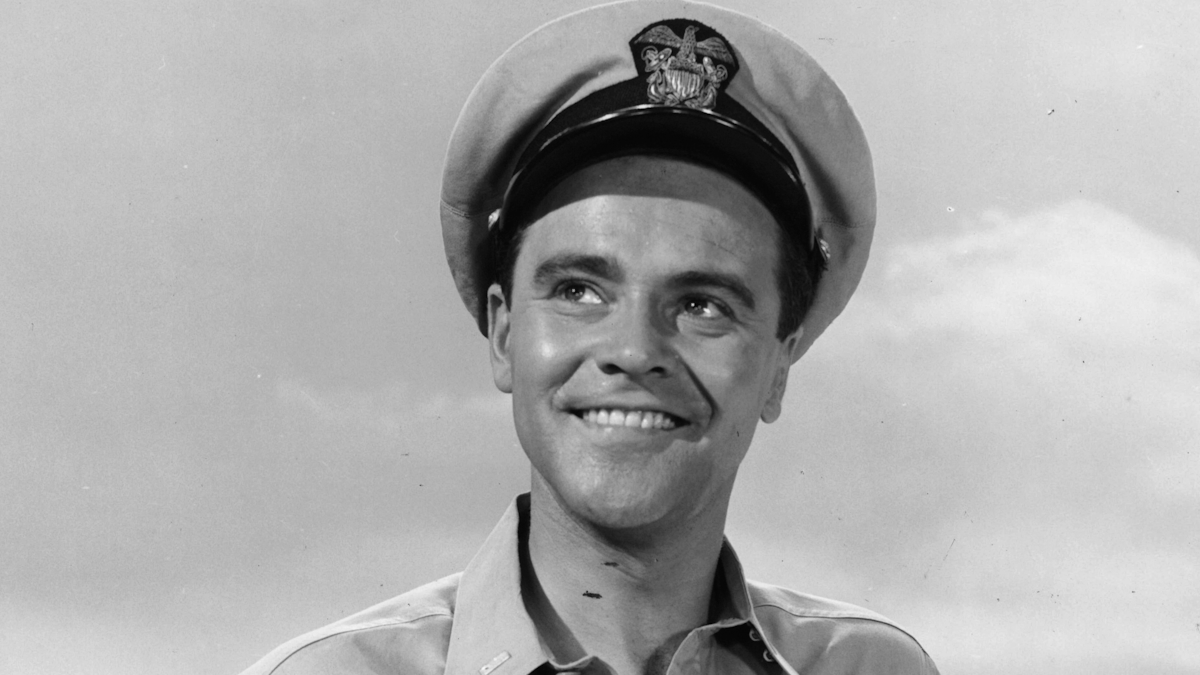
Known for his roles as the struggling everyman, Jack Lemmon’s greatest films include Mister Roberts (which won him an Oscar) and Some Like It Hot before his hot-streak continued into the 1960s. He had his first leading man role in the comedy It Should Happen to You in 1954, and also appeared in films like Operation Mad Ball, Bell, Book and Candle, My Sister Eileen, and How to Murder Your Wife. In 1998, received a Golden Globe for his role in Twelve Angry Men when its actual recipient, Ving Rhames, passed on his award to Lemmon.
17. Frank Sinatra
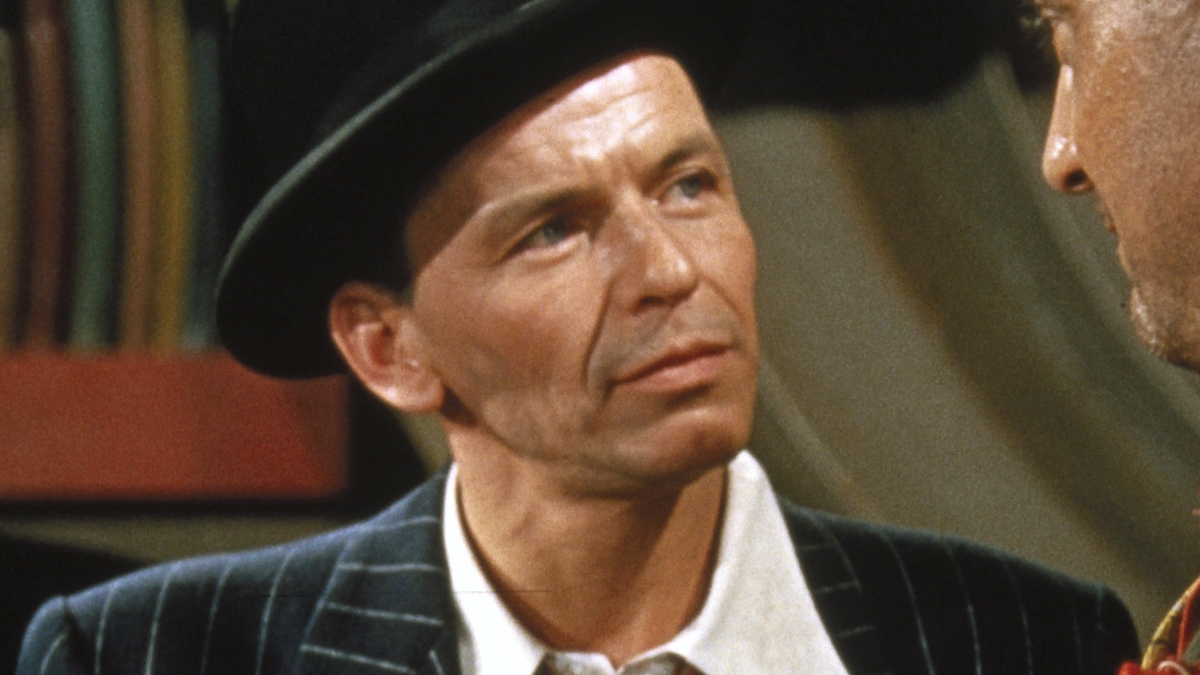
Ol’ Blue Eyes first found fame as a singer during the swing era, but acting was just as much in his blood. After suffering career lows in the ‘40s, an Oscar-winning role in From Here to Eternity kicked off a comeback the likes of which were never seen before. Sinatra flew to the moon in the ‘50s with films like The Man with the Golden Arm, Guys and Dolls, High Society, The Tender Trap, Not As a Stranger (where, behind the scenes, Sinatra trashed director Stanley Kramer’s dressing room), The Pride and the Passion, The Joker Is Wild, and more. Frank Sinatra would have been iconic on his music alone, but the silver screen made him a god.
16. Dorothy Dandridge
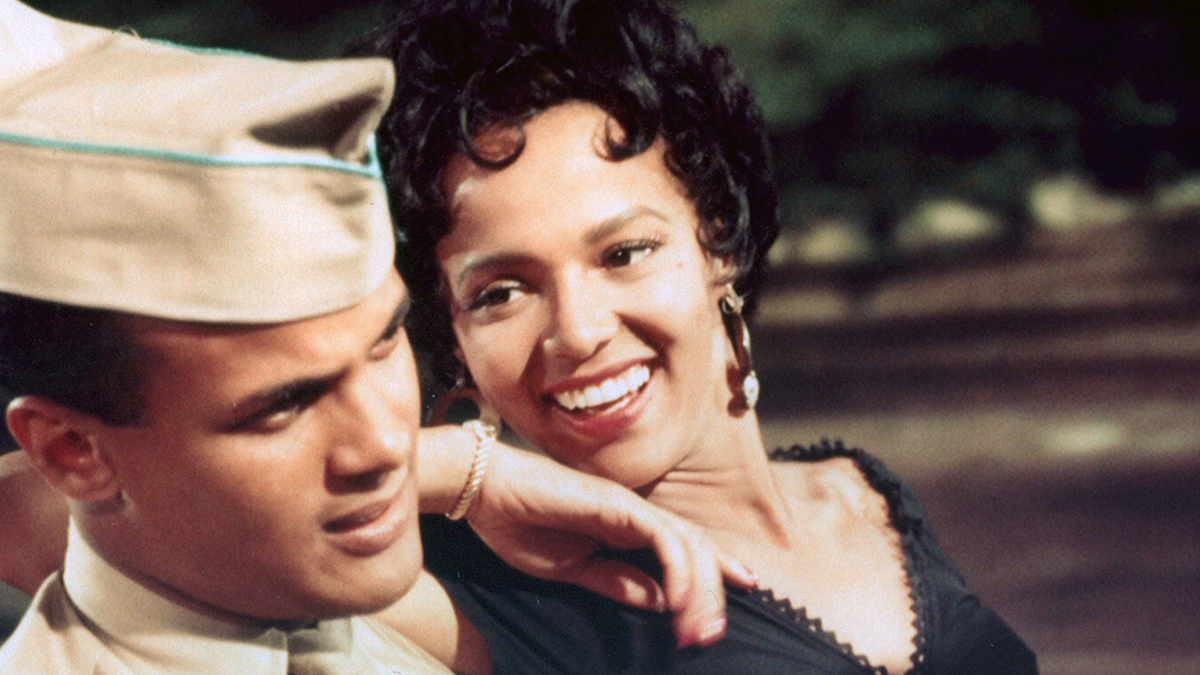
Dorothy Dandridge started her career as part of a traveling song-and-dance act with her sister Vivian, and together they made their first movie appearances in the 1930s. More movie offers started coming in for Dandridge, who rejected most of them on the basis of avoiding Black stereotypes. She landed her first starring role in 1953’s Bright Road before starring in 1954’s Carmen Jones, a film version of the Broadway musical. The movie earned Dandridge recognition as the first African American nominated for Best Actress. Though she lost to Grace Kelly, Dandridge’s star was cemented and she continued working in the decade with films like Island in the Sun, Tamango, and Porgy and Bess. Dandridge died in September 1965.
15. Natalie Wood
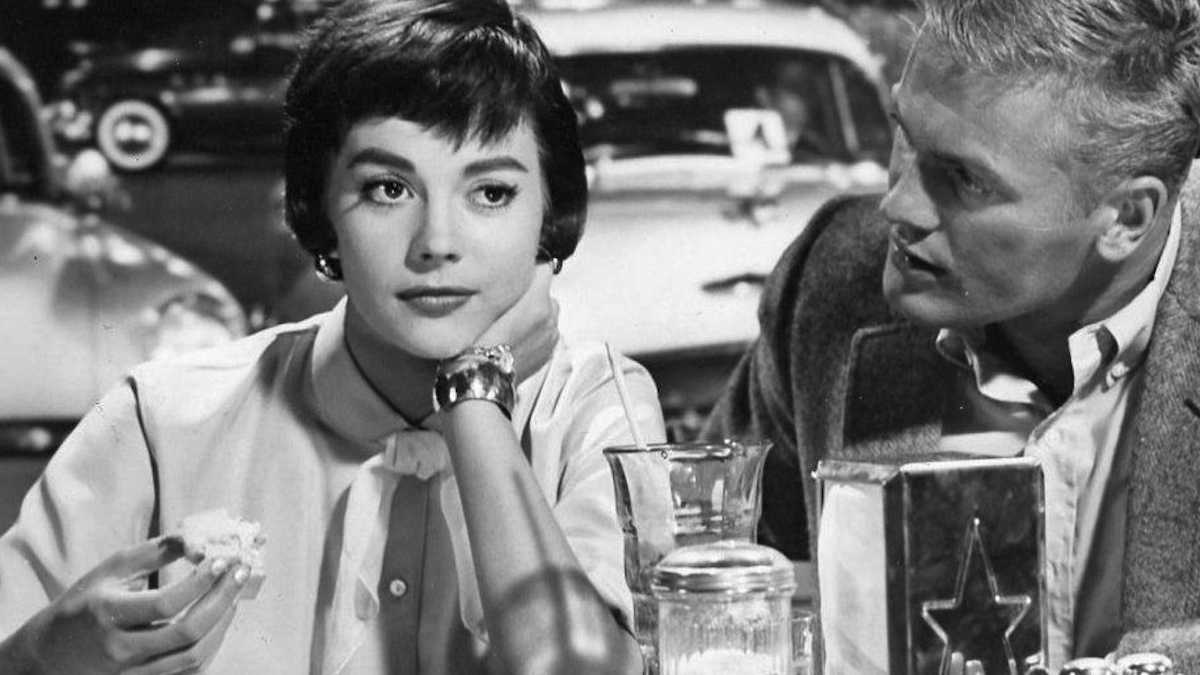
While Natalie Wood found greater fame in the 1960s, her career reached early heights when she was nominated for an Oscar at age 16 for her role in Rebel Without a Cause. After graduating high school in 1956, Wood kept herself busy playing on-screen girlfriends, which she admitted she found unsatisfying. Her movies at this time include The Burning Hills, The Girl He Left Behind, Bombers B-52, Marjorie Morningstar, and Kings Go Forth. Though her career was believed to be on a decline by the end of the decade, she rebounded with 1960’s Splendor and 1961’s West Side Story. The circumstances of Wood’s death in 1981 remain unresolved.
14. Jerry Lewis
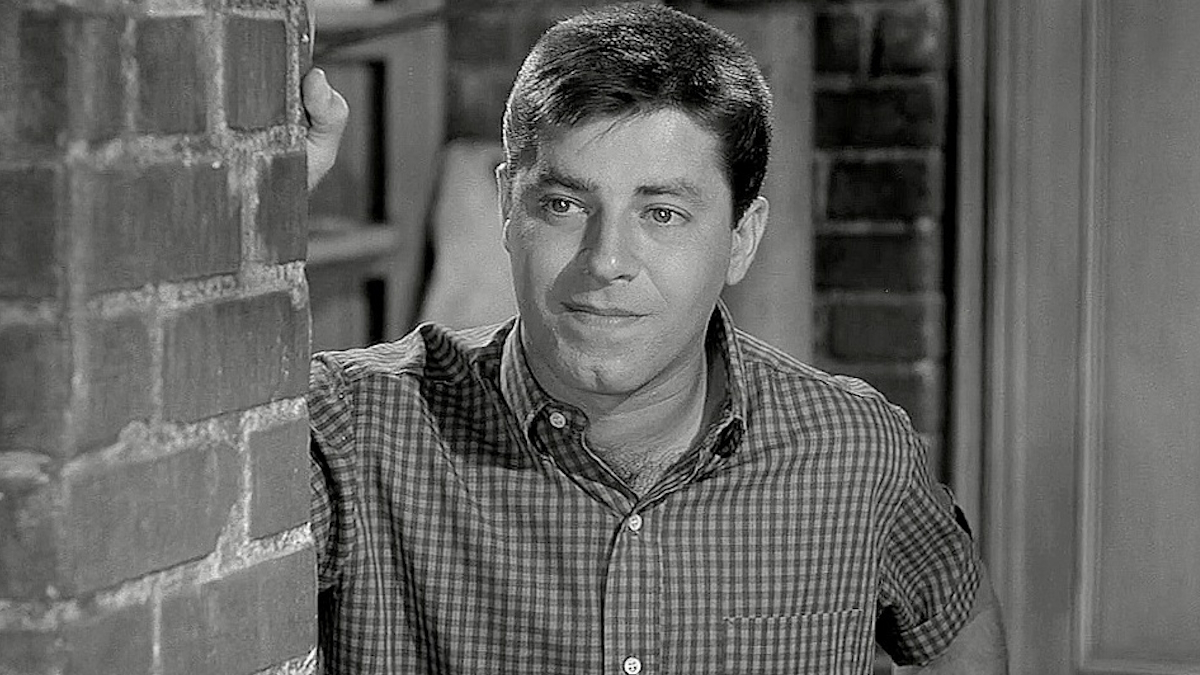
Starting out as the "Lewis" half of the comedy duo Martin & Lewis (with Dean Martin), Jerry Lewis enjoyed the ‘50s as one of the highest-paid stars in Hollywood. He spent the first half of the decade as a musician and live performer in Las Vegas, not to mention a slew of Martin & Lewis theatrical comedies. But the second half of the ‘50s saw Lewis dominate the box office solo with films like The Delicate Delinquent, The Sad Sack, Rock-A-Bye Baby, The Geisha Boy, and Don’t Give Up the Ship. He later became a prominent advocate of muscular dystrophy, but a 2022 Vanity Fair report detailing allegations of sexual assault and harassment from other actresses including Karen Sharpe, Hope Holiday, and Lainie Kazan tarnished his star after his death in 2017.
13. Dean Martin
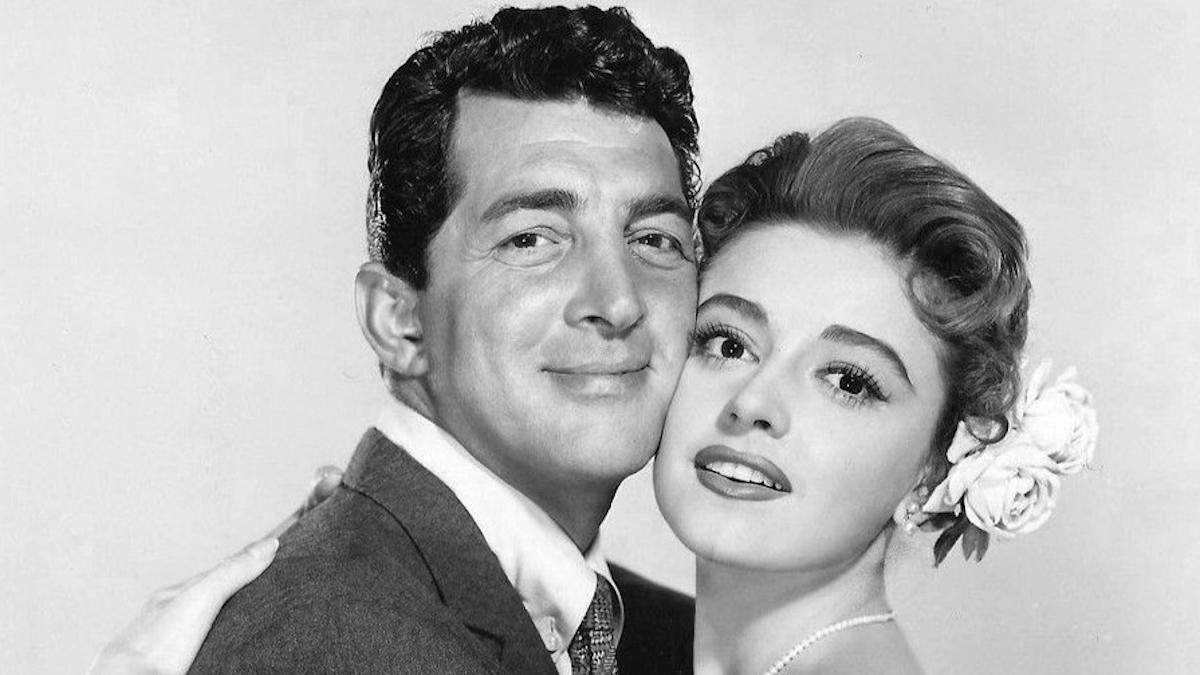
"The King of Cool" started his career laughing alongside Jerry Lewis. When their partnership ended in 1956, Martin continued singing and became a member of the Rat Pack. The majority of his most significant 1950s films featured Jerry Lewis with comedies like At War with the Army, That’s My Boy, Jumping Jacks, Scared Stiff, and Living It Up. After going solo, Martin expanded his range to include dramas and Westerns like The Young Lions, Some Came Running, Rio Bravo, and Career.
12. Cary Grant
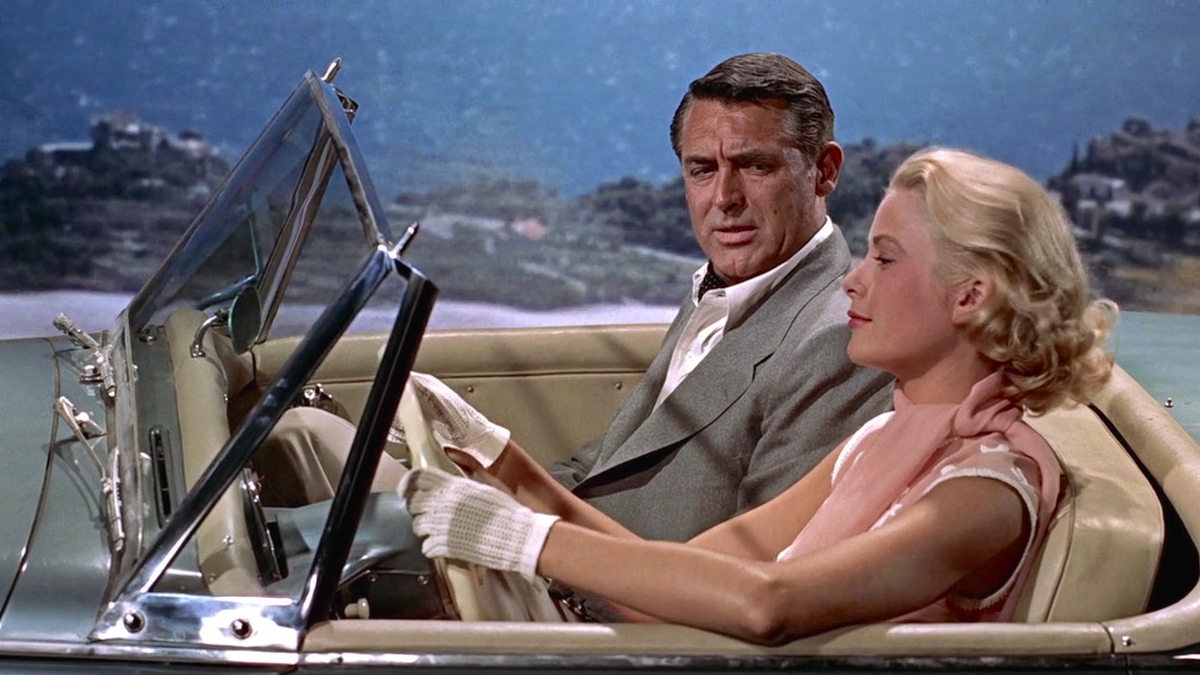
Cary Grant’s career highs came in the late 1930s and early 1940s. He entered the 1950s in a career slump, and even remarked: “To play yourself, your true self, is the hardest thing in the world.” His resurgence began when he starred opposite Grace Kelly in To Catch a Thief, and went on to star in more hits like An Affair to Remember, The Pride and the Passion, Houseboat, and Indiscreet. He ended the decade starring in Alfred Hitchcock’s 1959 picture North by Northwest, widely considered one of the greatest movies of all time.
11. Ingrid Bergman
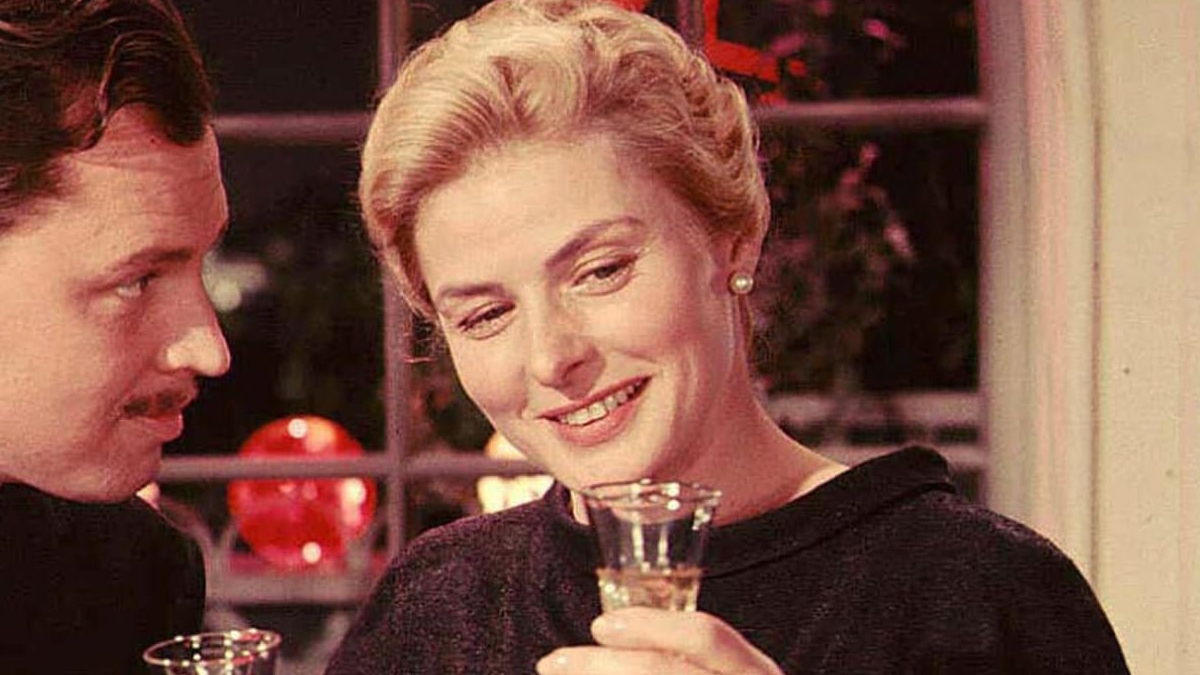
Hailing from Sweden, Ingrid Bergman received a mountain of awards including three Oscars, two Emmys, a Tony, and four Golden Globes. She rose to fame in the ‘40s through films like Casablanca, Gaslight, and Joan of Arc. She kicked off the ‘50s with Roberto Rossellini’s Stromboli, though a scandalous affair amidst its release encouraged Bergman to live and work outside the U.S. where she appeared in films like Europa ‘51, Fear, and Journey to Italy. By 1956 she returned to Hollywood, and won an Oscar for her role in Anastasia. She also spent the decade starring in Indiscreet and The Inn of the Sixth Happiness.
10. Elizabeth Taylor
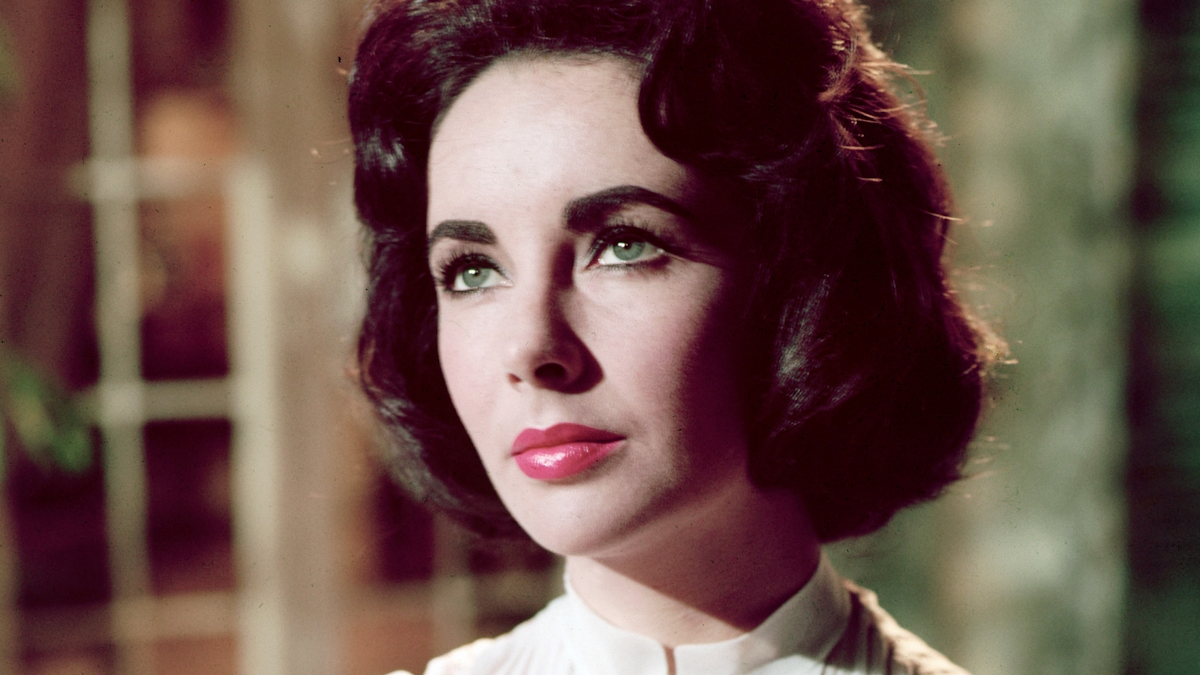
Elizabeth Taylor spent the ‘40s as a silver screen teen queen, but upon turning 18 in 1950, she starred in more adult-oriented parts like in The Big Hangover and Father of the Bride (which spawned a sequel, Father’s Little Dividend in 1951). As the ‘50s passed Taylor’s star power grew, though her financial dependence on MGM meant she took on projects she did not personally find interesting. The rise of television in the 1960s forced Hollywood’s movie studios to produce more creative and interesting work, which was a relief for Elizabeth Taylor to do more than “yawning my way through parts,” as she once put it.
9. Rock Hudson
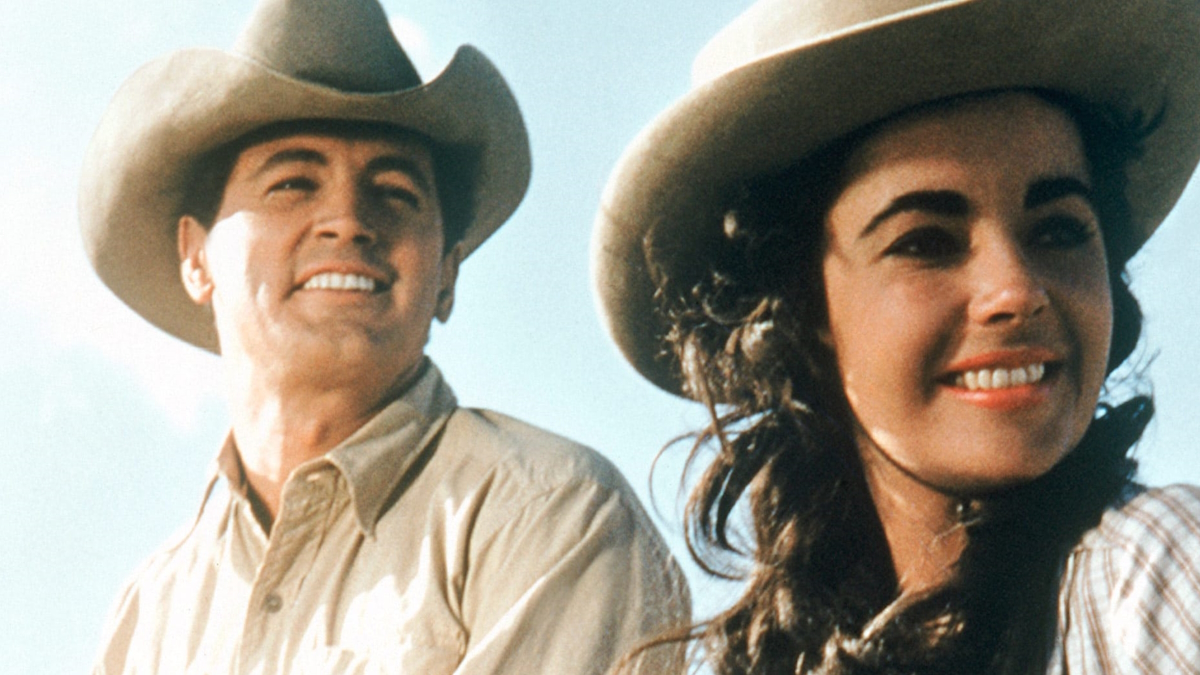
After achieving stardom with Magnificent Obsession in 1954, Rock Hudson became one of the preeminent stars of the decade with films like All That Heaven Allows, Giant, and Pillow Talk. His stardom continued throughout the 1960s, and found more success on TV in the series McMillan & Wife. Hudson’s sexual orientation was kept from the public eye for years until he was diagnosed with AIDS in 1984. He died in 1985, when he was 59.
8. James Dean
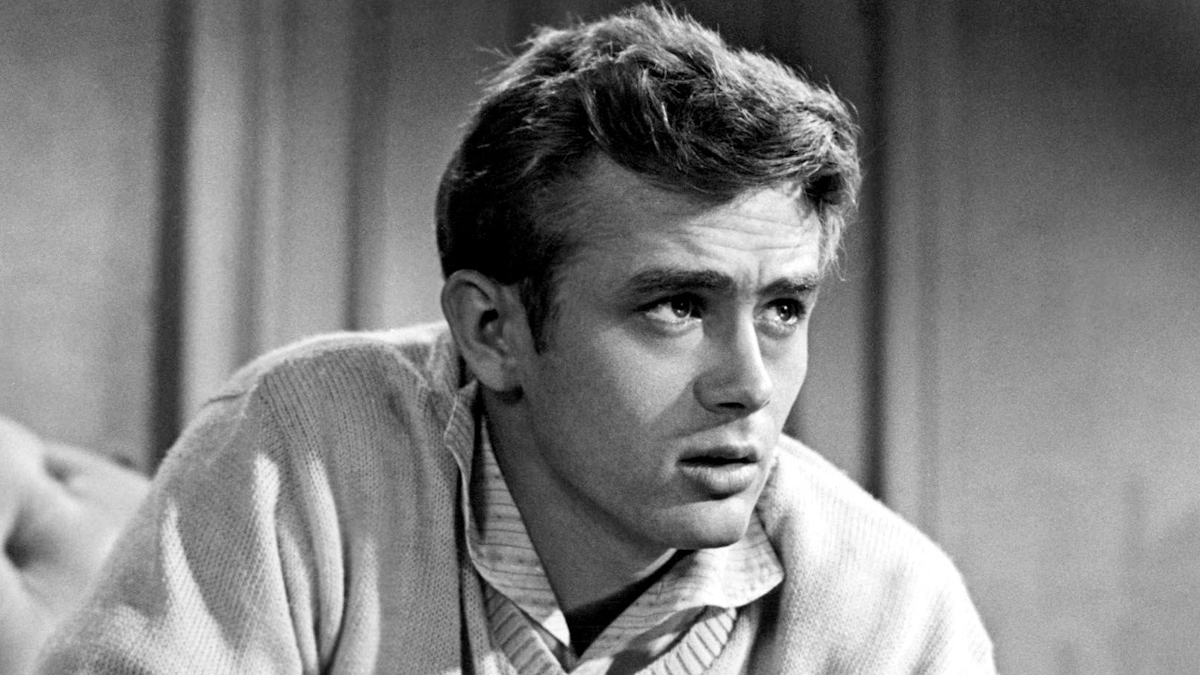
Though he starred in precious few movies before his death in 1955, James Dean’s boyish good looks and aloof intensity have made certain his immortality as the definitive Hollywood heartthrob. Of his three major feature films – East of Eden, Rebel Without a Cause, and Giant – the last two were released posthumously. But he earned Oscar nominations for all three of them. Imagine what he could have given us if we were blessed to enjoy more.
7. Clark Gable
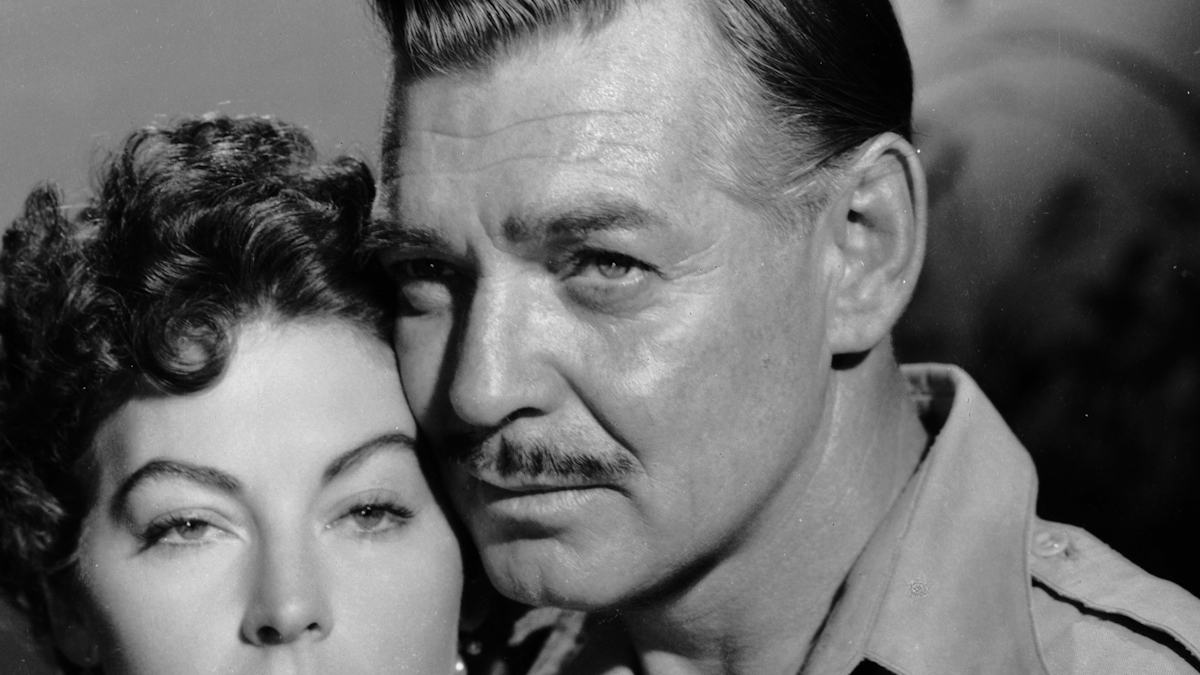
Clark Gable achieved indisputable stardom via the 1939 classic Gone With the Wind, so he was already a huge star when the ‘50s rolled around. Gable maintained his dominance through pictures like Across the Wide Missouri, Lone Star, Never Let Me Go, and Mogambo. The star split with MGM and made movies for other studios like 20th Century Fox (like Soldier of Fortune in 1955) and Warner Bros. (Band of Angels in 1957, though it received poor reviews). In 1955, Gable was still the 10th biggest draw at the box office. It would be his last time to rule before his death in 1960.
6. Grace Kelly
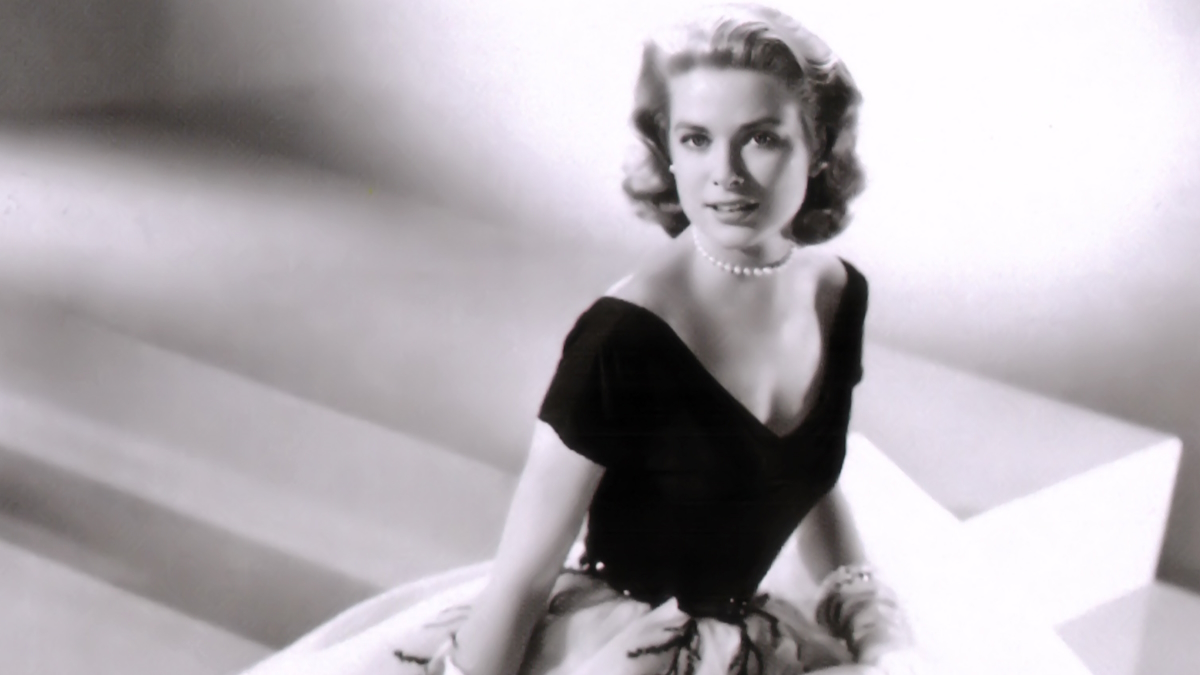
The only movie star of the 1950s to also be a real Princess, Grace Kelly is arguably the embodiment of Hollywood stardom of the mid-20th century. Beginning with her film debut in 1951’s Fourteen Hours, Grace Kelly graced the screen with classics like High Noon, Mogambo (which earned her an Oscar nomination for Best Supporting Actress), The Country Girl (which she won Best Actress for), The Bridges at Toko-Ri, and High Society. Her collaborations with Alfred Hitchcock – Dial M For Murder, Rear Window, and To Catch a Thief – means her name is always mentioned in film schools everywhere. Kelly ended her movie career at age 26 when she married Prince Rainier III of Monaco in 1956. She died in 1982 after sustaining injuries from a car crash. The Princess Grace Foundation, founded by Kelly’s son, was named in her honor.
5. Audrey Hepburn
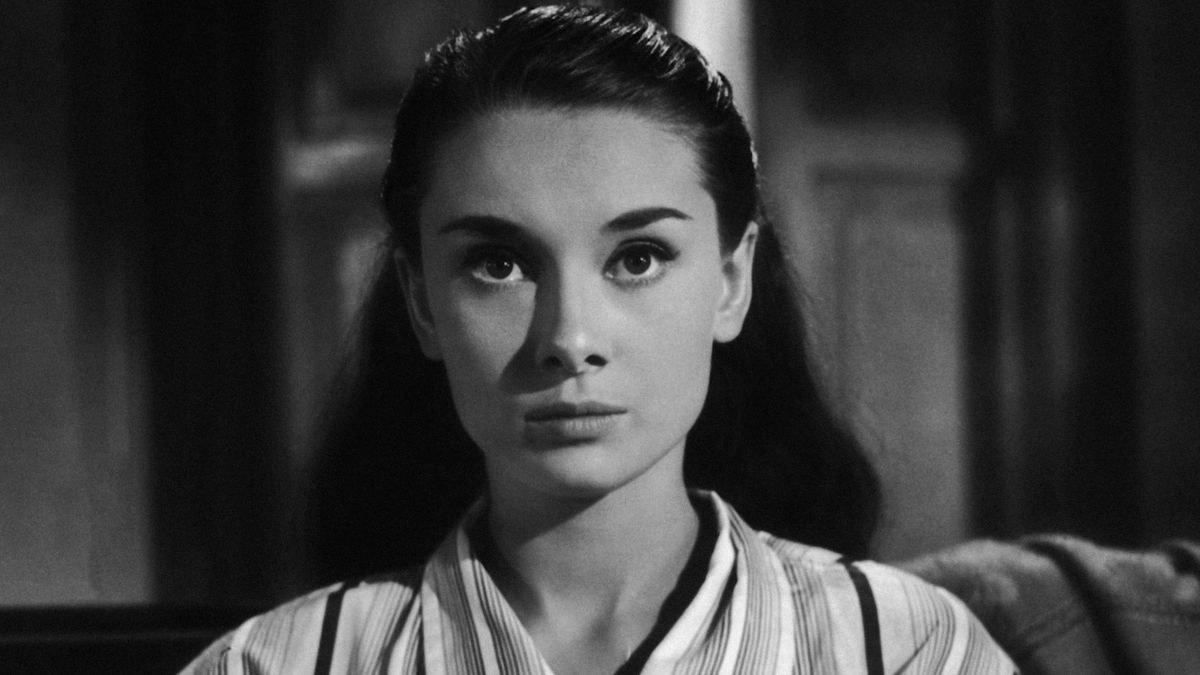
A titan in both the 1950s and 1960s, Audrey Hepburn achieved fast stardom in the 1953 romantic comedy Roman Holiday, which earned her an Oscar. The film’s success landed her a contract with Paramount, which resulted in films like Sabrina (which got her a second Oscar nomination), War and Peace, Funny Face, Love in the Afternoon, and The Nun’s Story. Hepburn enjoyed even more fame in the 1960s, but that’s another list for another time.
4. John Wayne
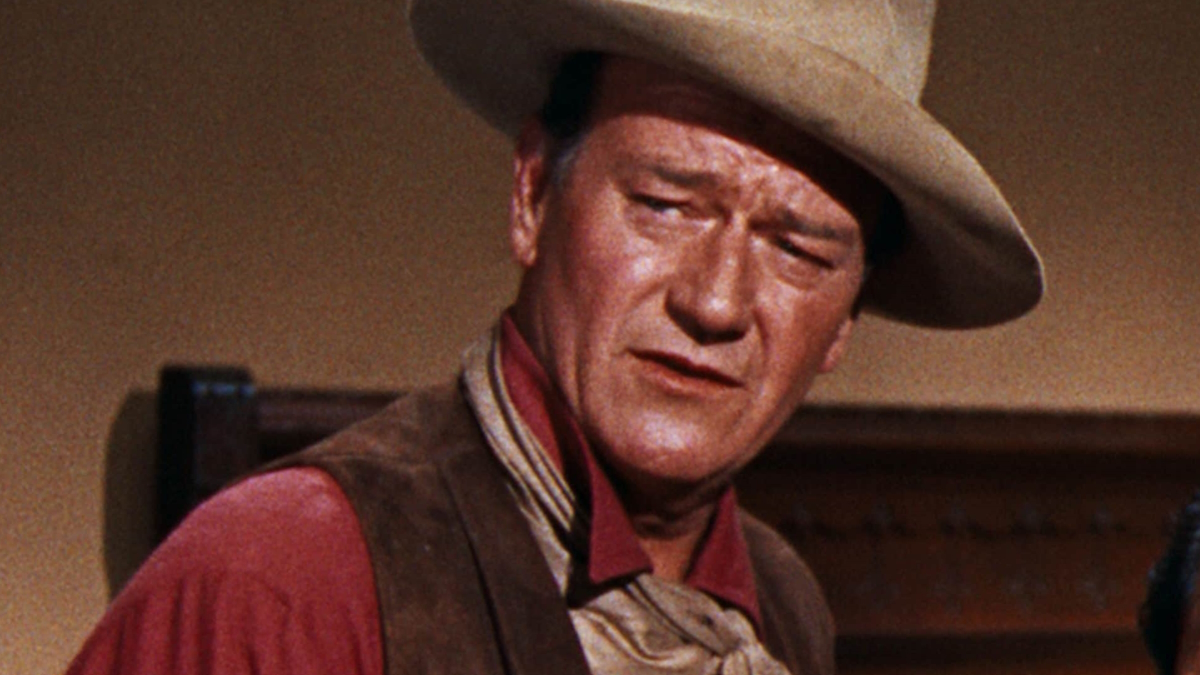
The definitive Western movie star, John Wayne’s meteoric rise in the ‘30s and ‘40s allowed him to mature as a screen actor by the 1950s. The decade saw Wayne get into war and aviation pictures like Flying Leathernecks, Island in the Sky, and The High and the Mighty. He also did adventure pictures like The Barbarian and the Geisha, comedies like The Quiet Man, and of course, more Westerns, like Rio Bravo and The Horse Soldiers. Wayne kept making movies well into the 1970s until his death of stomach cancer in 1979. He remains an icon in both cinema and American culture, even if his personal politics were abhorrent.
3. Charlton Heston
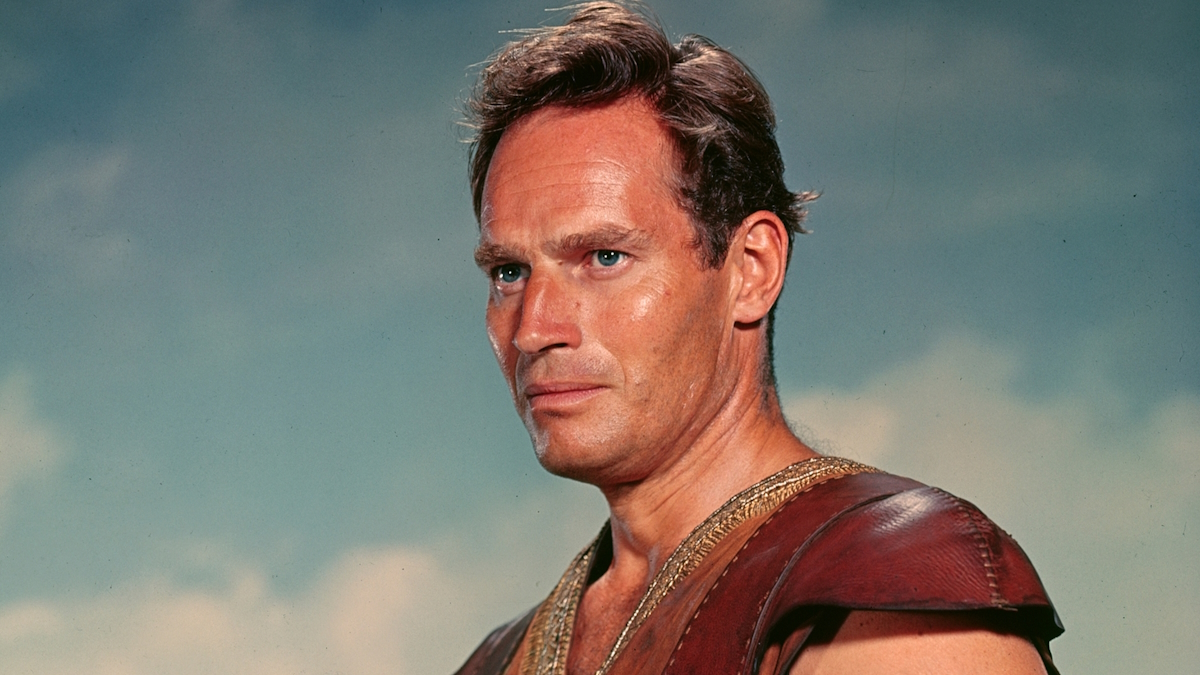
For the 1956 Biblical epic The Ten Commandments, director Cecil B. DeMille cast Charlton Heston because he thought he looked like a Michaelangelo statue. But Heston’s earlier work in the first half of the 1950s was hardly heavenly. His first feature was the noir thriller Dark City, which he followed with a few more good-but-unremarkable releases like Ruby Gentry, The Savage, The President’s Lady, Pony Express, and Arrowhead. Being Moses brought Heston to new heights, and he ended the decade with another mega-classic, Ben-Hur. Heston spent later years starring in both hits and misses, and would reinvent himself in the 1970s. But for a moment in the 1950s, Heston was as invincible as God.
2. Marlon Brando
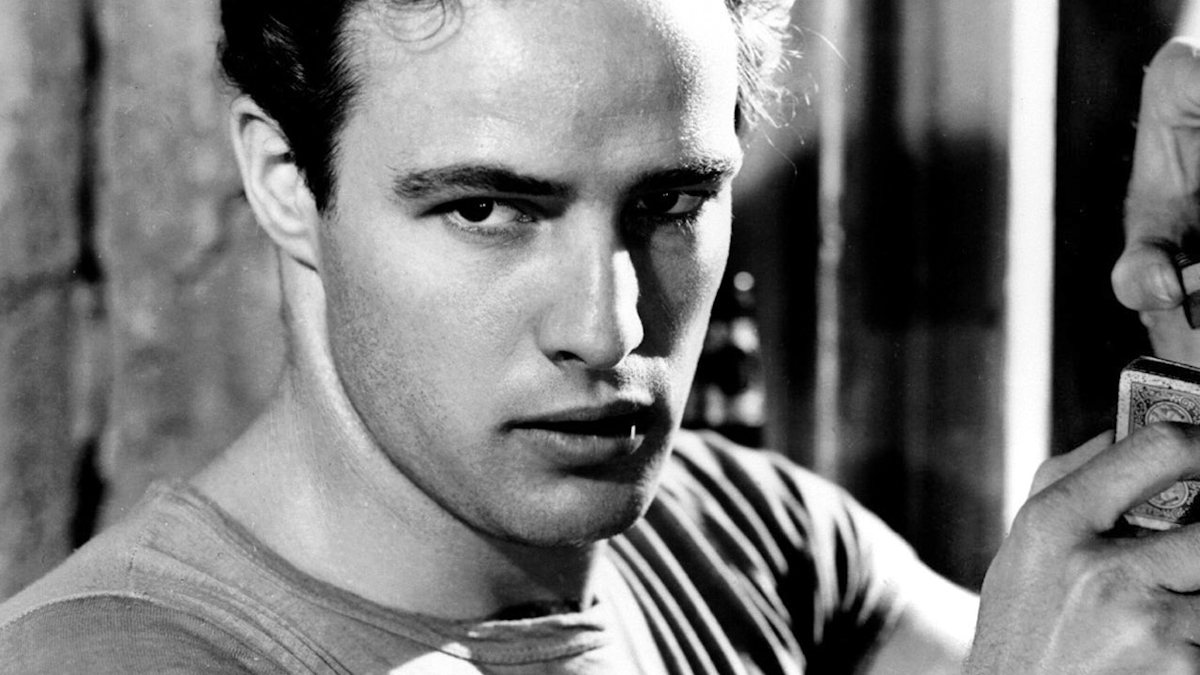
The thing about Marlon Brando’s career in the 1950s is that you could define him by just two pictures alone: 1951’s A Streetcar Named Desire and 1954’s On the Waterfront. These are not just classics but turning points in American cinema and revelations for what it means to be a screen actor. This isn’t to say Brando’s other films in the same decade aren’t worth screaming out to Stella for – Julius Caesar, The Wild One, Guys and Dolls, and The Young Lions are all A-plus movies in their own right – but it means something when just two movies have made your name synonymous with exceptional quality acting.
1. James Stewart
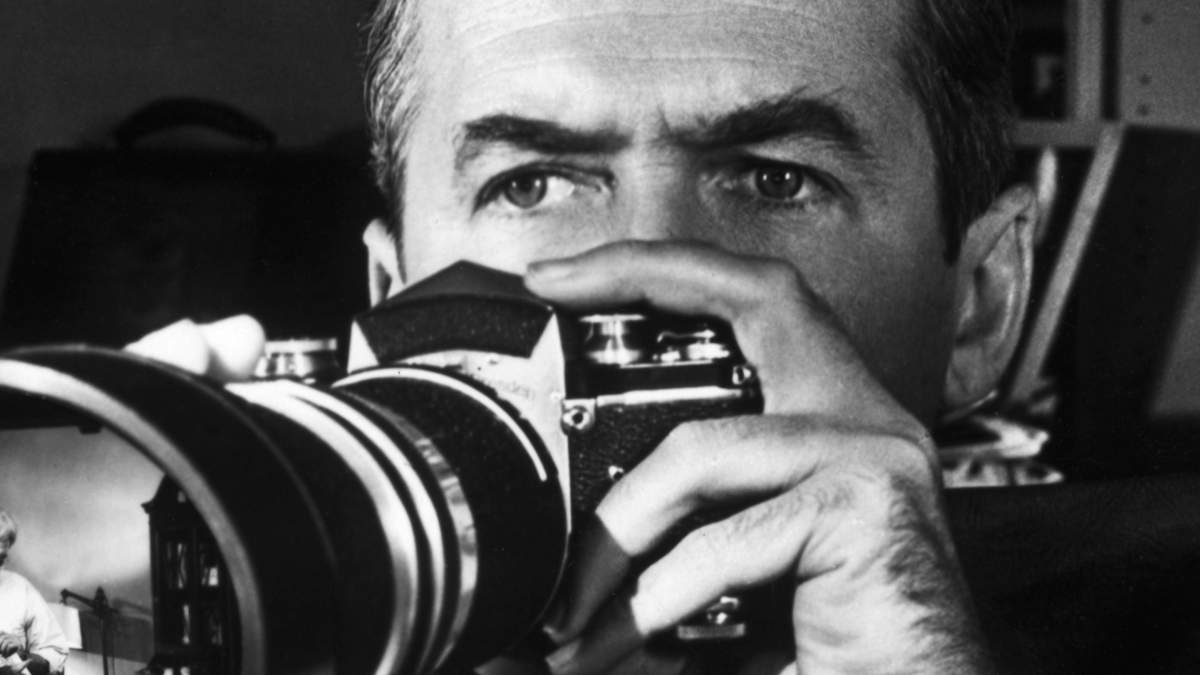
The irony about movie stars is that the most enduring are often remembered because they played the common man more than god-like heroes. James Stewart rose to fame in the ‘30s and ‘40s playing affable, idealistic, and good-natured men, and in doing so gave shape to perceived American values. Even when Stewart stepped out of playing wholesome guys, he nevertheless brought with him perfect main character energy. His biggest pictures of the decade include but aren’t limited to: Winchester ‘73, Broken Arrow, Rear Window, The Man Who Knew Too Much, Vertigo, and Anatomy of a Murder, to name just a few. These hits (and more) made Stewart one of the biggest, if not the biggest movie star of the 1950s.

Eric Francisco is a freelance entertainment journalist and graduate of Rutgers University. If a movie or TV show has superheroes, spaceships, kung fu, or John Cena, he's your guy to make sense of it. A former senior writer at Inverse, his byline has also appeared at Vulture, The Daily Beast, Observer, and The Mary Sue. You can find him screaming at Devils hockey games or dodging enemy fire in Call of Duty: Warzone.


